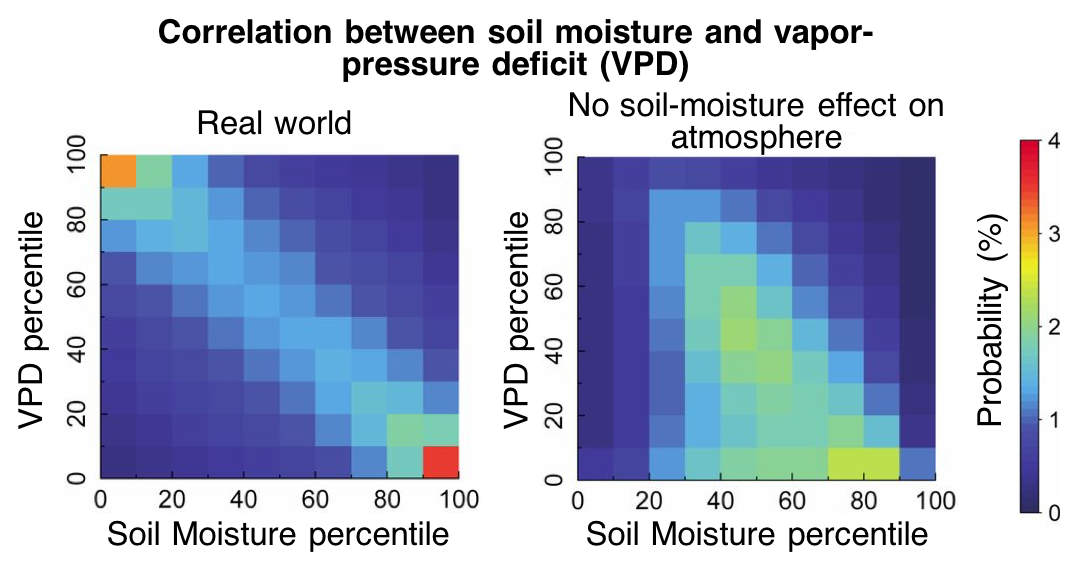
Park Williams
Bioclimatologist. Drought, Fog, Fire.
Welcome to the webpage for Park Williams’ Hydroclimatology Lab at the Lamont-Doherty Earth Observatory of Columbia University. We research the causes and consequences of changes in water availability across earth’s continents.
Recent highlights
Observed Impacts of anthropogenic climate change on wildfire in California
Annual burned area in California increased fivefold during 1972–2018, mainly due to summer forest fire. Anthropogenic warming very likely increased summer forest fire by drying fuels; this trend is likely to continue. Large fall fires are likely to become increasingly frequent with continued warming and possibly gradual declines in fall precipitation.
Mid-latitude freshwater availability reduced by projected vegetation responses to climate change
Climate models project changes in vegetation to have major impacts on soil moisture and river flow. We need to improve how we model vegetation in order to improve projections of drought and water supply.
Land–atmosphere feedbacks exacerbate concurrent soil drought and atmospheric aridity
Soil moisture and evapotranspiration have critical effects on regional climate and extremes such as heat waves. Without variations in soil moisture, heat waves would not be nearly as extreme as they are.
Increased Fall Precipitation in the Southeastern United States Driven by Higher‐Intensity, Frontal Precipitation
Fall precipitation in the southeast US has increased by ~40% over the past century. This is due to increases in the intensity, not frequency, of precipitation events, most of which are frontal and not tropical cyclones. The cause of the increase is mostly intensified wind from the Gulf of Mexico.
Opportunities
Postdoctoral position in wildfire modeling
Interested in wildfire, statistics, and vegetation? Pierre Gentine and I are looking for a new postdoctoral researcher to join us on a privately funded project to improve wildfire modeling in the western US using dynamic vegetation modeling and machine learning.





